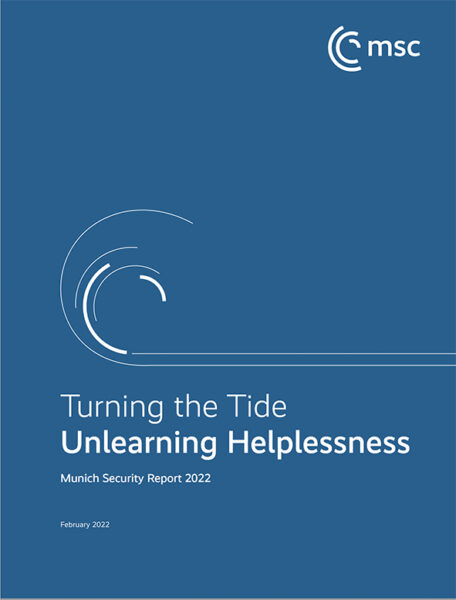The economic and financial crisis raging since 2008 has, in recent months, brought the European Union up against its contradictions and shown how difficult, if not impossible, it is to cope with the economic difficulties that beset the Euro zone unless we press on further with the political integration of the region. Though it goes back more than 50 years, the construction of Europe has been at a standstill for a decade or so now. Let us not forget, however, that the EU has succeeded in bringing peace to a continent that had previously seen centuries of warfare. This is no small achievement and doubtless the Duke of Sully, who, as early as the 17th century – and at the height of the Thirty Years’ War – dreamt of a peaceful European Confederation, would have been happy with the outcome. At the end of his life, this famous French statesman drafted a plan aimed at establishing a “very Christian republic” federated around 15 major European nations, so that the peoples of Europe might live together and enjoy enormous power. It is a plan we should re-read if we wish to understand that the aspiration to create a European Union was neither new nor easy to achieve.
Gérard Blanc has re-discovered this plan and here outlines its aims, the nations concerned, the forms of political organization envisaged and many other elements that refer, in certain cases, to what are still topical issues for the European Union as it exists at the dawn of the 21st century.
The Duke of Sully’s Project for European Confederation (1630s) (Future of Yesteryear)
Cet article fait partie de la revue Futuribles n° 381, jan. 2012

